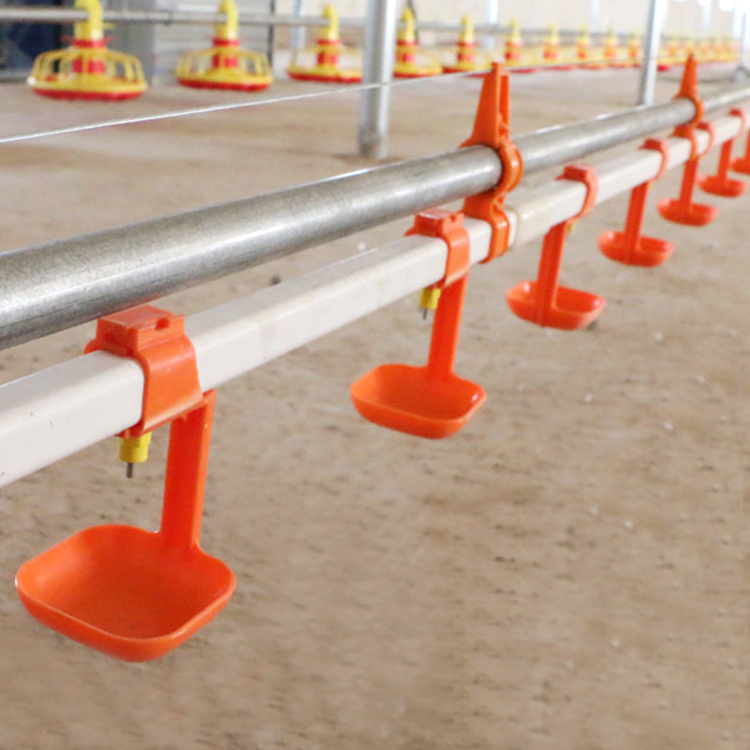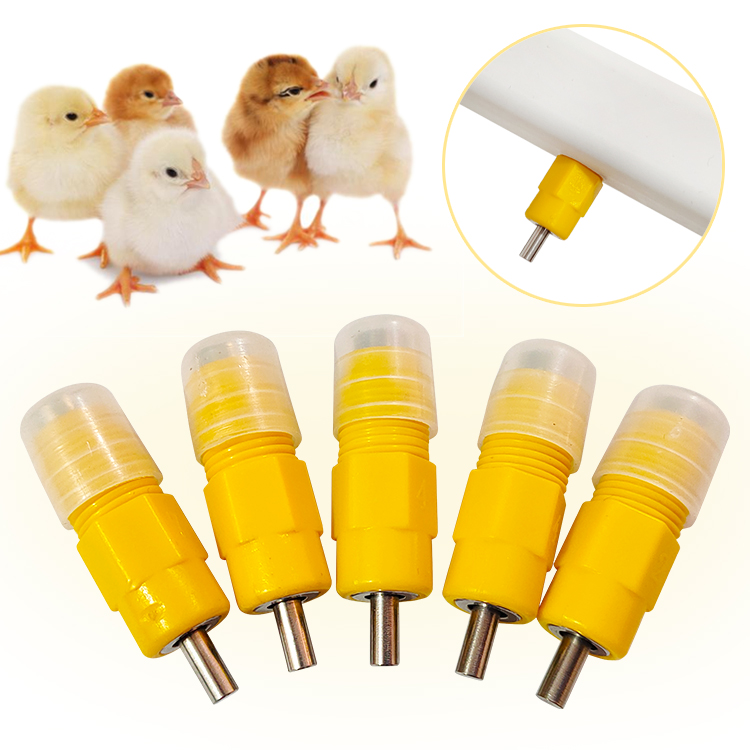News
With the rapid development of the chicken industry, the market is increasingly demanding the production and quality of eggs, so the laying of laying hens is the key to egg production. Next, combined with the actual production, we talked about the management of laying hens as a Poultry Farming Equipment Manufacturer.
Physiological characteristics of laying hens
Although the newly-launched hen is mature and begins to lay eggs, the body has not yet fully developed. The body weight of 18 weeks of age continues to grow. At 40 weeks of age, growth and development basically stop, and body weight growth is extremely small. After 40 weeks of age. Most of the weight gain is fat accumulation. Different ages of laying hens have different nutrient utilization rates. When the hens reach sexual maturity (17-18 weeks old), the mature ovaries release estrogen, which significantly increases the storage capacity of hens. During the period, the chicken's ability to digest and absorb nutrients is enhanced, feed intake continues to increase, digestion and absorption capacity is weakened at the late stage of egg production, and fat deposition capacity is enhanced. The laying hens have regular changes in body weight, egg weight and egg production during the first laying period. According to these changes, they can be divided into three periods: pre-laying, peak laying, and laying eggs. Late.
2. Feeding management in the early stage of laying eggs
In the first 3 to 5 days of the transfer group, the laying house will be prepared and disinfected, and the immunization and repair work of the reserve hen will be done before the transfer. Regarding the timing of the group transfer, due to the results of recent breeding, the age of the chicken is advanced, and the transfer group should be carried out at 16 weeks of age. When the flock is 17 to 18 weeks old, the body weight reaches the standard and the production is changed immediately. Egg material can increase the storage of calcium in the body and allow the hen to store sufficient nutrients and physical strength in the prenatal body. Practice has proved that, according to body weight and sexual development, changing egg production at an earlier time is beneficial for future egg production. Late use of calcium material will cause cockroaches and produce soft shell eggs. The opening of the hen is a major turning point in the life of the hen. It is a great stress. During this time, the reproductive system of the hen is rapidly matured. The weight of puberty still needs to increase continuously, and the weight should be increased by 400-500g. The egg weight gradually increases, the egg production rate rises rapidly, and consumes most of the physical strength of the hen. Therefore, it is necessary to reduce the external disturbance to the chicken as much as possible, reduce various stresses, and provide a peaceful and stable living environment for the chickens. And to ensure that the nutritional needs of the chicken are met.
Illumination management during laying period should be consistent with lighting during the breeding phase. Raised in an open house, such as the season when the natural light is gradually growing, and the chickens are completely exposed to natural light during the breeding period. The number of hours of light when the group is transferred has reached 10h or more, and it is not necessary to transfer to the laying house. With artificial lighting, when natural light begins to shorten, add artificial lighting to supplement it. The progress of artificial light subsidy is increased every week.
3. Daily management during laying period
There must be a certain empty time between 12 and 14 o'clock every day to prevent the feed from being stored in the trough for a long time, so that the chicken has an aversion to anorexia and picky eaters. Each time the material is fed, it should be evenly distributed. At this time, Poultry Feeder Pan can be used to evenly distribute the input material in the trough. After the input, it should be uniformly mixed for about 30 minutes. This is because the chicken is in the top 10 after feeding. Feeding in min is very fast, and then there will be picky eaters. At this time, there are more materials in the tank. The chicken will quickly smash the material in the tank into small piles, so that the distribution of the feed in the tank is extremely uneven, and often Hooking the material outside the tank not only causes waste of feed but also affects the feeding of other chickens. The amount added during each feeding should not exceed one third of the depth of the tank.
Poultry Feeder Pan
The amount of drinking water in laying hens is related to body weight and ambient temperature, and the amount of drinking water increases with the increase of house temperature and egg production rate. The laying hens can't break the water during the laying period. There are data indicating that the flocks have been cut off for 24 hours, and the egg production rate has decreased by 30%. It takes 25 to 30 days to return to normal. Insufficient drinking water caused by various reasons will make the feed intake significant, so professional poultry laying hens should be equipped with Automatic Nipple Drinker For Poultry.
4. Egg production peak management
Try to maintain the stability of the house environment as much as possible, and reduce the interference of various stress factors as much as possible. According to the situation of the flock, it is necessary to carry out preventive drug administration or a broad-spectrum antibacterial drug that is administered every other month for 3 to 5 days, and timely supplement nutrition to ensure high-quality egg production.

Pulished on Dec. 30, 2025

Pulished on Dec. 04, 2025